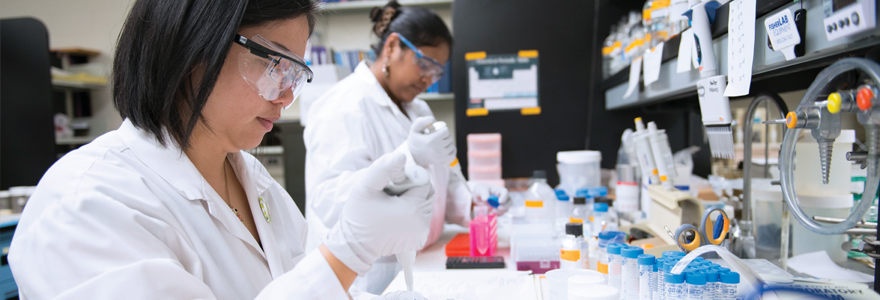Research

The Goldberg Lab, in collaboration with Dr. Graeme Hunter and others at Western and elsewhere, have focused on the structure-function relationship of BSP and osteopontin. We are particularly interested in understanding what these proteins do in vivo, and the associated mechanism to account for their function(s).
Our studies include projects involving the BSP and osteopontin null mice and isolated osteogenic cells from these transgenic mice. Currently, we are probing the functional aspects of these proteins by way of challenge and rescue experiments. We also utilize biochemical and physical techniques to probe protein-protein (e.g. BSP to collagen) and protein-mineral interactions to help us delineate how these proteins may function in the extracellular matrix of mineralized tissues.
These studies may help define novel therapeutics to promote the repair and regeneration of bone, periodontal tissues and tendon insertions.
Structure & Function of Bone Proteins
Mineralized tissues are composite materials formed by the deposition of inorganic crystals within a preformed organic matrix. In bone, and in similar tissues such as dentin and cementum, the mineral crystals are carbonated hydroxyapatite and the organic matrix consists principally of type I collagen with lesser amounts of non-collagenous proteins. The matrix-mineral relationship in bone is characterized by the presence of hydroxyapatite crystals in the hole zones of the collagen fibrils and by their orientation parallel to the fibril axis. It has been proposed that specific non-collagenous proteins, such as bone sialoprotein (BSP) and osteopontin, modulate crystal nucleation and growth.
However, these same proteins have other functional properties involving cell adhesion and signal transduction, cancer metastasis, angiogenesis, pathological calcification in addition to roles in inflammation and wound healing shown for osteopontin.








